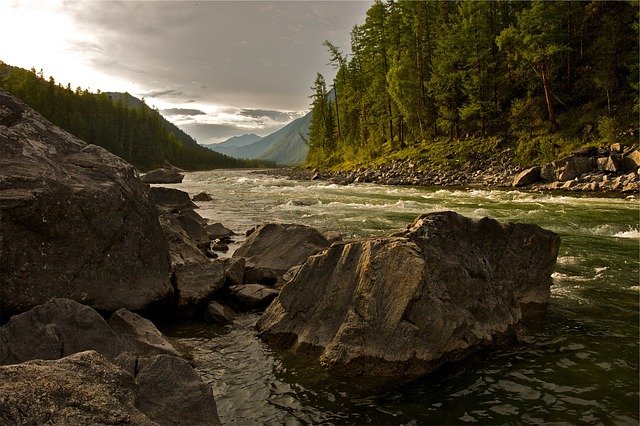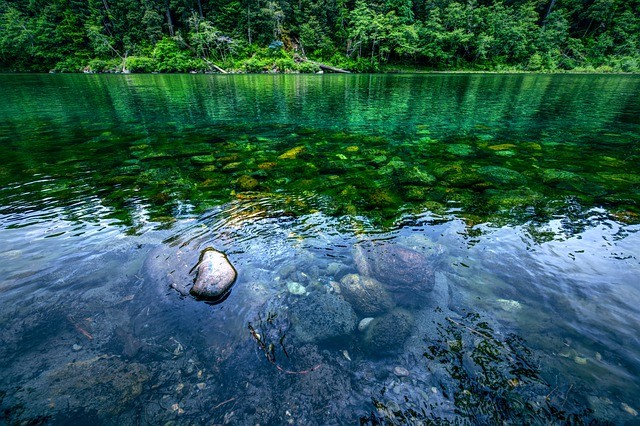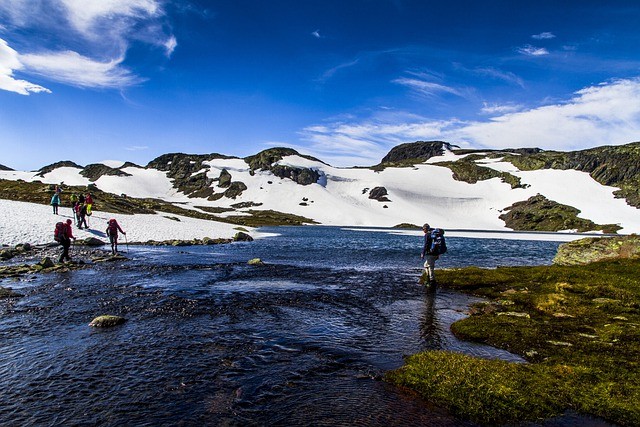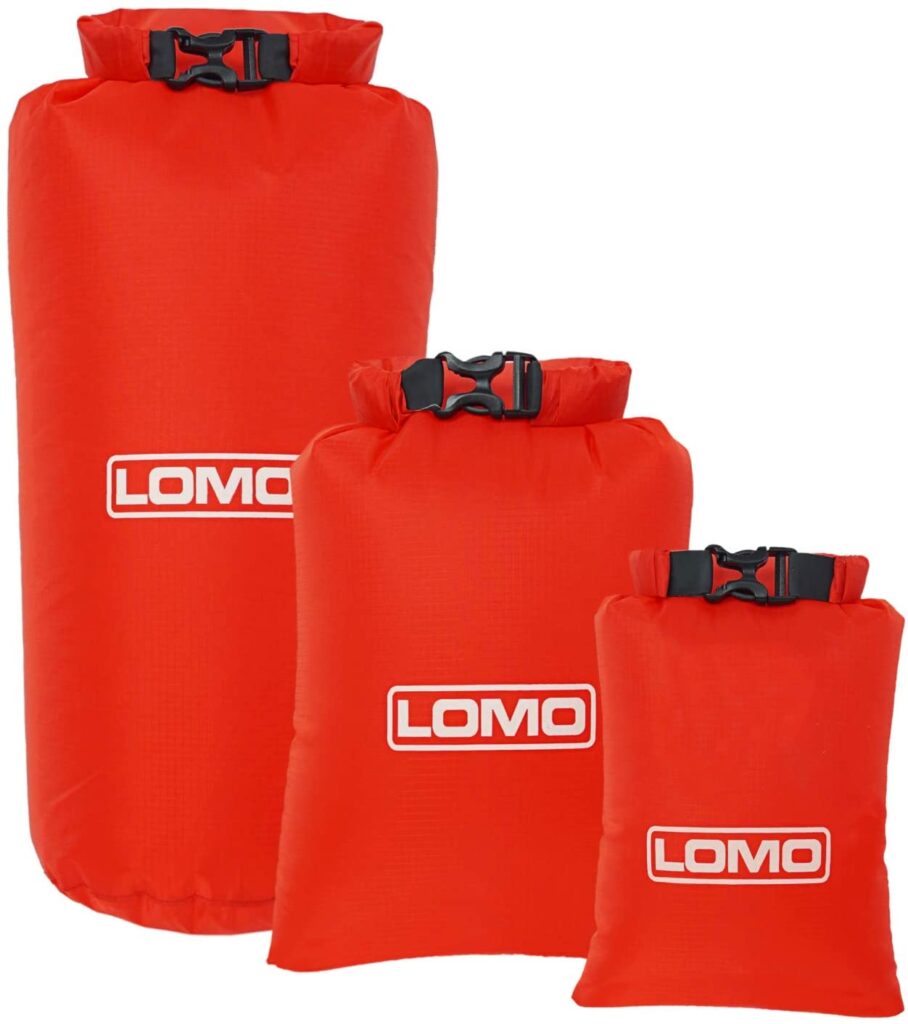Knowing how to cross a river safely is one of the most important things you can learn as a hiker. Whether you go on group expeditions or hike alone, at some point you will meet a river.

On most hiking trails, there will be an obvious way to cross, such as a bridge or boulder path. But, you should be prepared in case the usual way to cross is blocked or broken, or if you are hiking off the beaten track.
Even small rivers can become raging torrents after rainfall, so learning the best way to cross a river safely will help you find a safe way to the other side. This guide gives you some tips for safe river crossings, and also shows you what to do if you do fall in.
1. Assess the Situation
One of the best tips is to not take unnecessary risks when crossing a river. Always err on the side of caution. If you are hiking in a cool climate, make sure you have a spare set of dry clothes safely stowed in a dry bag, just in case you get soaked.
Before crossing a river:
- Check the speed of a river by throwing in a stick and seeing how fast it flows away. This will help you decide if it is a safe point to cross.
- Check the depth by using along stick or hiking pole. Do not attempt to cross a fast flowing river where the water is above thigh height. The power can be very deceptive.
- Look for obstacles downstream that might get you tangled should you slip in.
If any of these points feels or looks dodgy, find a better place to cross.
Pick a point at the other side of the river where you want to climb out. Look for a shallow bank where you won’t be fighting the current.

2. Going for it
So, you are ready to cross the river. Again, safety is essential so do not enter fast or deep water with a backpack clipped to you. If you fall in with a backpack stuck to you, it could make it hard for you to find your balance or it could weigh you down. Carry it loosely over one shoulder.
Your shoes or boots will get wet, but that is better than slipping over on slimy rocks. Keep them on.
With your target area in mind, head slightly upstream, facing into the current. This way, if you do slip, you still have a chance of reaching your landing point. Use a trekking pole or long stick to help guide you and add support, especially if you cannot see the riverbed.
Slide your feet along the riverbed slowly, rather than lifting your feet and taking steps. This will help you keep a strong foothold on stable ground.
If you are in a group of people, place arms on each other’s shoulders and put the strongest person at the front, followed by another strong person at the back.

3. What to do if you fall in a river!
What should you do if you fall over while crossing a river?
Stay calm. The water is likely to cold, so try to control your breath. Aim your feet downstream, because you can see what is coming and deflect any rocks, sticks or debris that you may be hurtling towards.
Use your arms to paddle closer to the shore, or an area where you can regain control in an emergency such as a fallen tree, log or large rocks. However, bear in mind that obstacles can also be dangerous.
When you do exit the water, put on dry kit. This is essential if travelling in a cool environment as wet clothes and cold temperatures can quickly lead to hypothermia.
Your Kit
When hiking in the wild, crossing rivers and streams is a given. Even out on the UK moors, or scaling some peaks in the UK, there will be water obstacles to tackle.
If you are sticking to the trails, you should also be prepared for broken bridges on lesser-known tracks. In addition to that, the weather can throw water at you at any time!
That is why it is essential to have a dry bag within your backpack to ensure you have a spare set of clothes if you need them.
These Lomo drybags are a great budget option for hikers, and come as a set of 3. Easily stow your stuff safely against wet weather or river crossings. Check them out!
If the weather is going to be wet, you could also consider a waterproof cover for your backpack.
Whenever you tackle a river crossing, always take extra care. Having the right skills, kit and attitude can make a difference between a potentially life threatening situation, shivering in your wet clothes, or reaching the other shore safely.

